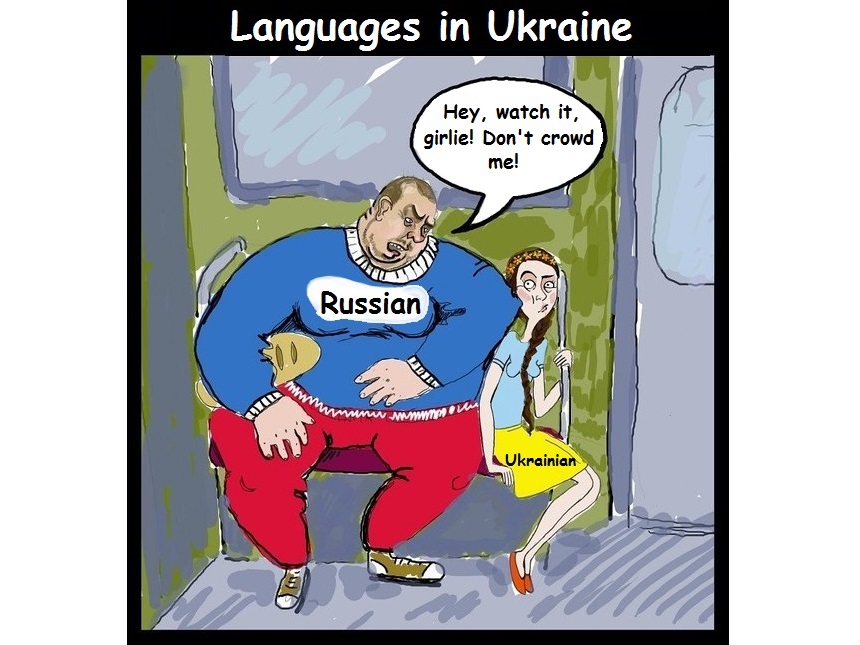Until its recent renovation, Ukraine’s Law on Education was one of the oldest pieces of acting legislature in Ukraine. It was adopted back in 1991. According to the Reforms Guide, this law described essentially a Soviet school that was strongly integrated into a multi-stage bureaucratic system of reports and subordination, which did not have and could not spend its own money, where a teacher was the main actor and a pupil was only a cog in the huge education system.
This system was based on the so-called class-lesson system, which focused on the idea of learning a certain amount of information where a teacher spoke and students listened. Reputable in the industrial era, its goal was to prepare a big number of students the basic knowledge necessary for employment, aiming to prepare students for work on a big production line, regardless of the purpose: whether it was a factory, science institute, library, or housing maintenance office.
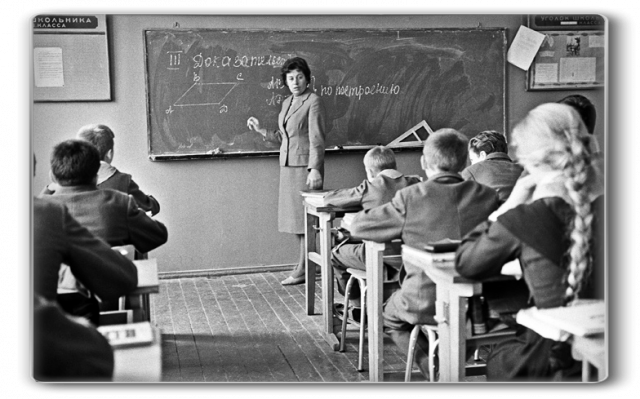
After Ukraine’s independence, teachers quickly understood that this system was outdated. While efforts to modernize this education system were undertaken, including a national Education program in 1993 which prioritized decentralization of school management, individualization of the learning process, continuity of education throughout life, and re-orienting education towards personal development, they remained unfulfilled. Ukraine’s education went through turbulent times, when ministers changed, some initiatives were adopted, others rolled back, abruptly written textbooks were adopted en masse without any approbation, school loads were increased but the content was becoming obsolete. Parents and teachers alike were getting increasingly frustrated with the education quality, but an opportunity for change came only after the Euromaidan revolution in 2014. Then, teachers, academics, experts, and students under the auspices of the Ministry of Education started drafting a new law which would take into account current realities and would allow modernizing Ukrainian education.
The version of the law which was adopted recently was written after processing over 1,500 remarks and amendments, making it a highly inclusive one. Here is what it will change.

1. Less facts, more skills
Students in Ukraine have long complained about being forced to memorize facts, while not receiving skills needed to thrive in the modern world. The new law ostensibly aims to change this by introducing a “school of competencies” which will, in addition to teaching the core curriculum, work on developing skills in reading comprehension, in oral and written expression, critical and methodical thinking, debating skills, creativity, resourcefulness, the ability to control one’s emotions, risk evaluation and decision making, problem-solving, and the ability to work with others. Teachers will have greater liberty in choosing areas that require more attention, and students will be given the benefit of an individual approach.
2. Finally, individualism
As opposed to Soviet norms, when children were taught in school to think, behave, and, ideally, to believe identically, the new law is child-centered and has a pronounced individual approach to curriculum, making it possible for teachers, parents, and students to choose the learning speed and difficulty, as well as the immersion into the material which most interests the child. This will be done through individual education plans and child development programs.
As well, the new law gives the green light to homeschooling (parents teach children), distance learning (via the internet), independent learning (child studies by herself), and pedagogical patronage (teacher visits student who can’t attend school due to health problems). This makes opportunities for receiving education much more flexible than they were. Nevertheless, children must pass tests to graduate to the next grade.
The principle of “money follows the child” will be introduced, when the state allocates a certain sum of money for each pupil annually to the education facility where the pupil studies, including a private facility.
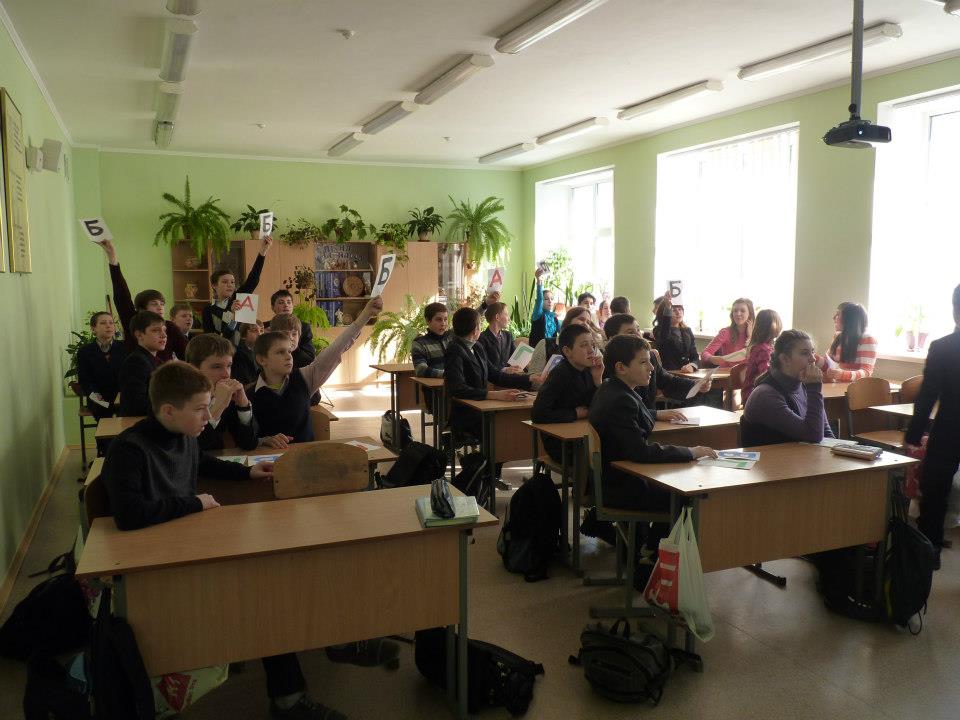
3. 12 years of school (again)
Starting from 2018, Ukrainian schoolkids will sit at the bench for 12 years, up from the previous 11, and will start no later than age 7. Schools will be divided into primary (grades 1-4), junior (grades 5-9), and preparatory (grades 10-12), during which students can study either at a lyceum, or will be able to transfer to a vocational school, gaining vocational training along with a high school education. Schoolchildren will be tested after completing each level of school. After the ninth grade, the testing will be administered by a certified independent testing service.
Ukraine had made previous attempts to increase the period of schooling to 12 years, but the innovations were rolled back. In making the recent changes, Education Minister Liliya Hrynevych explained that the final three years of schooling would become specialized and children will be able to intensively study the subjects they will need in universities. However, the time needed for obtaining a bachelor’s degree will be decreased from four to three years, compensating for the increase in school years. For a masters degree, two years of training will be required instead of the current 1.5. Before applying for a master’s degree program, the candidate must pass entry exams administered by an independent certified agency.
4. Inclusive education goes forward
While Ukrainian education has been gradually moving towards an inclusive education system, where children with special needs, orphans, and children with a challenging home life are not locked up in boarding schools but study in regular schools, the newly adopted law provides a framework legislative base for this. Starting from 1 September 2017, boarding schools for children with delayed mental development will no longer accept new students, who will be enrolled in inclusive or special classes in ordinary schools. The state is tasked with preparing specialists to work with such children. As well, all boarding schools must become usual schools accessible to all children or orphanages within the system of the Ministry of Social Policy.

If absolutely necessary, such a child will be permitted to start school later and to stay in school longer. Sign language must be made available for children with hearing impairments. As the state allocates more funds for children with special needs, schools are predicted to be eager to accommodate these children.
5. New instruments for quality control
Addressing parental woes about the declining quality of Ukrainian education, the new law foresees new instruments to make sure education fits the necessary standards. A new term, “education service,” has been introduced. Its quality will be defined as whether a student is competent at the required levels. To assess the quality, a central state education quality service is being created, with regional branches, and audits of teaching quality are envisioned. As well, a new post is introduced for the education ombudsman, who will deal with complaints submitted by students, parents, teachers, and academics.
Plagiarism, the menace of Ukrainian education, will be treated more strictly. Violations of academic integrity will be punished. Plagiarism, dishonest self-promotion, fabrication or falsification of data, etc. are all violations for which disciplinary actions will be taken, among which are the invalidation of academic degrees, removal of academic rank and position, and the withdrawal of scholarships or privileges.
6. Autonomy for schools and more freedom for teachers
Decentralization and effective management will be increased, as the state will ensure the academic, organizational, financial, and staffing autonomy of education facilities. Local communities will now dispose of their own funds.
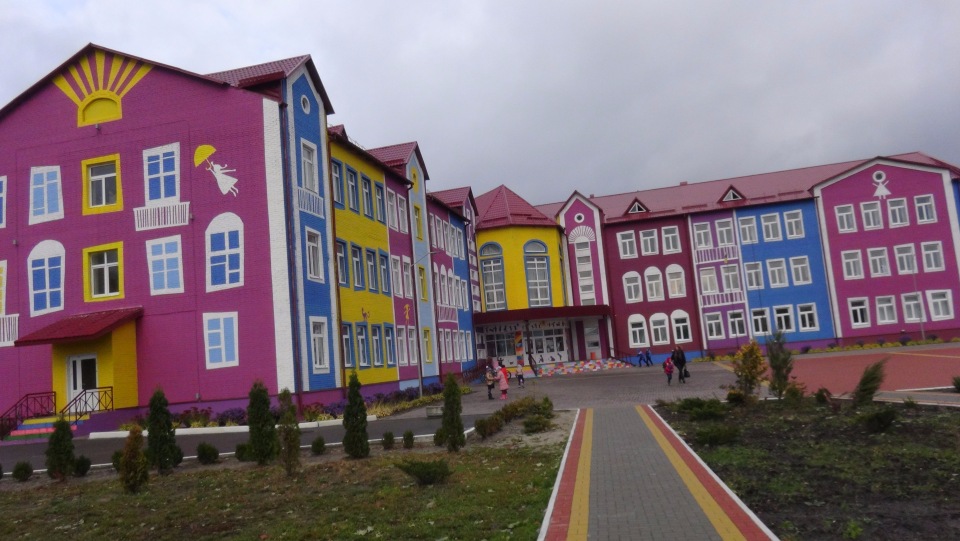
So far, the Education Ministry had developed education programs which were compulsory for all schools. School curricula can be now developed by the institution and its teaching staff. However, it must be submitted to the head of the institution for approval and must comply with the standards of education adopted by the Ministry of Education and Science.
Educational institutions will be self-governing; the principal decisions in each institution will be made by supervisory and pedagogical boards and parent committees. The teaching staff will be hired by the director of the school. The school has the right to hire staff independently, without the sanction of the local authorities, as was practiced. The new law abolishes the existing procedure of school certification and grants the local authorities the license and power to inspect schools.
Principals will be appointed based on the results of a competition, when candidates present their visions on school development, including in terms of finances.
Importantly for school autonomy, school directors will have their term limited to 12 years. Doing away with the Ukrainian practice of life-long school directors, they will be elected on a competitive basis for six-year terms (with a maximum of two terms) by a committee made up of representatives from other schools, local authorities, members of faculties and members of the community. Candidates are to present their visions on school development, including in terms of finances.
7. More funding sources and more transparency
Speaking of finances, the state, as is does now, will allocate funding to local budgets for secondary education, including secondary education in professional-technical institutions. As well, the state will partially fund university education and the training of specialists in working professions of which there is a shortage in the system of vocational education. The local budgets are tasked with providing housing for schools and transportation for children from rural areas.
Funding sources for educational institutions will be wide and varied, from government subsidies to any source not prohibited by law, including private partners, endowments, and grants, as well as provide paid services, sell their produce etc. Every institution will be free to allocate the funding as necessary.
All educational institutions will be required by law to provide the public with information regarding the institution’s statutes, licenses, certificates of accreditation and accreditation of programs, the structure and authority of the institution, staffing, programs, languages, vacancies and contests, material and technical support, rules of admission, accessibility for the disabled, tuition, fees, and cost of supplementary services, etc. Currently, the practice of unofficial, and unaccounted, parental donations is widely practiced, as is the patronage of local politicians, who are then rewarded with “soft influence” during election campaigns.
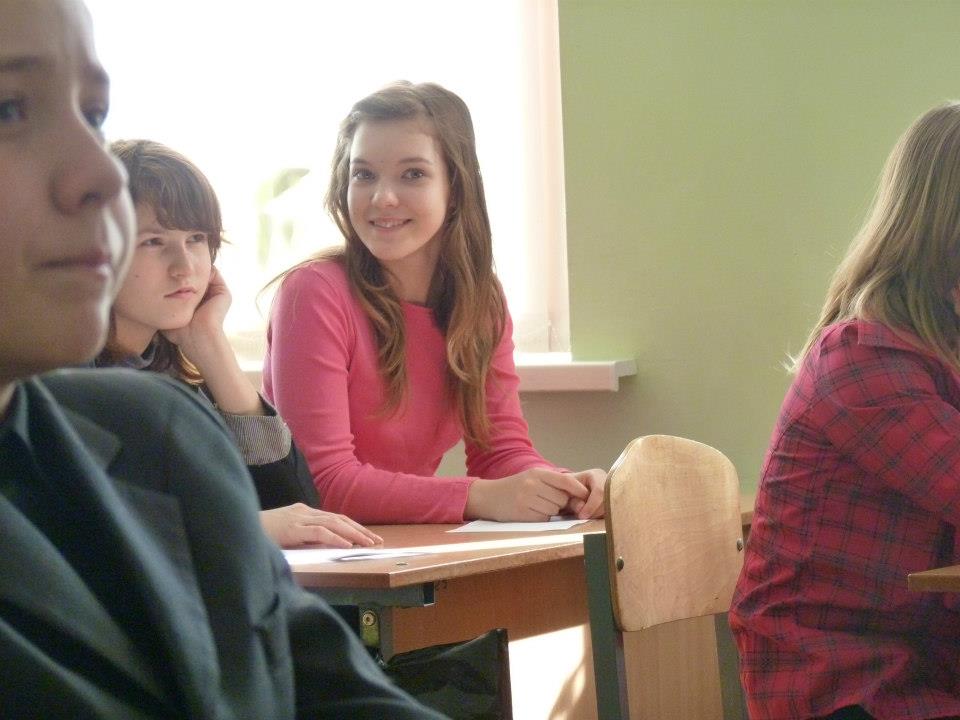
8. More encouragement and rewards for teachers
Importantly for boosting quality, teachers’ salaries will be increased. The minimal salary will be raised to at least three minimum wages, i.e. from $202 to $360. This will happen gradually, until 2023, as it is impossible to find the necessary funds right away. Depending on the federal budget, in the span of five years teachers will see their salary rising, though by how much is difficult to calculate, since, as stated, it depends on the state of the federal budget. Each level of professional advancement will be rewarded with a 10% increase in compensation. This move is expected to attract more young teachers to schools.
As well, teachers are encouraged to learn. The project envisions a system of a voluntary external independent certification for teachers, which will check their knowledge of subjects, ability to teach children and use modern teaching methods. Teachers who passed certification will are eligible for a 20% salary increase. As well, teachers are expected to spend at least 150 hours training over each five years. A teacher can be certified for professional advancement by working independently, as well, at enhancing their knowledge in a particular subject and by mastering contemporary teaching methods. This type of independent development is rewarded with a certificate valid for three years, a raise in salary, and an official endorsement to teach other teachers.
9. School districts to optimize resources
As village populations dwindled, Ukraine has faced the problem of stressed-out education resources, with classes in some remote villages consisting of only several students. The reform addresses the issue by setting up school districts.
Different education institutions within a certain territory, including clubs, will be united into a single district with the center in a reference school with the best teachers and equipment, which the children from nearby settlements will attend via free school buses. This step, which will decrease the overall number of schools in areas with low numbers of schoolchildren, is called to elevate the quality of education in rural areas.

10. Ukrainian language in the education process
The language of instruction in all educational institutions will be Ukrainian. In primary schools, children whose native language is not Ukrainian will be taught in groups where their native language will be employed along with Ukrainian. Starting with grade five, however, all instruction will be conducted in Ukrainian. Fluency in the Ukrainian language will be a requirement in all the educational institutions. Previously, the minorities could receive an education from kindergarten till graduation in their minority language.
11. Many other documents need to be adopted before the law starts to work
In order for the reform to work, laws on secondary education, professional education, changes to the Tax and Customs Codes, which will aleviate the tax burden of education institutions, need to be adopted.
Far from being the final step in educational reform, the adoption of the new Law on Education is, nevertheless, a definitive and important step, a step that identifies the relevant issues as well as the direction the reforms need to take.
/Written with contributions by Olha Rudakevych, with reporting by Texty.org.ua. Unless stated otherwise, photos are from the volunteer environmental education project “Friends of the Earth”
[democracy id=”8″]Related:








